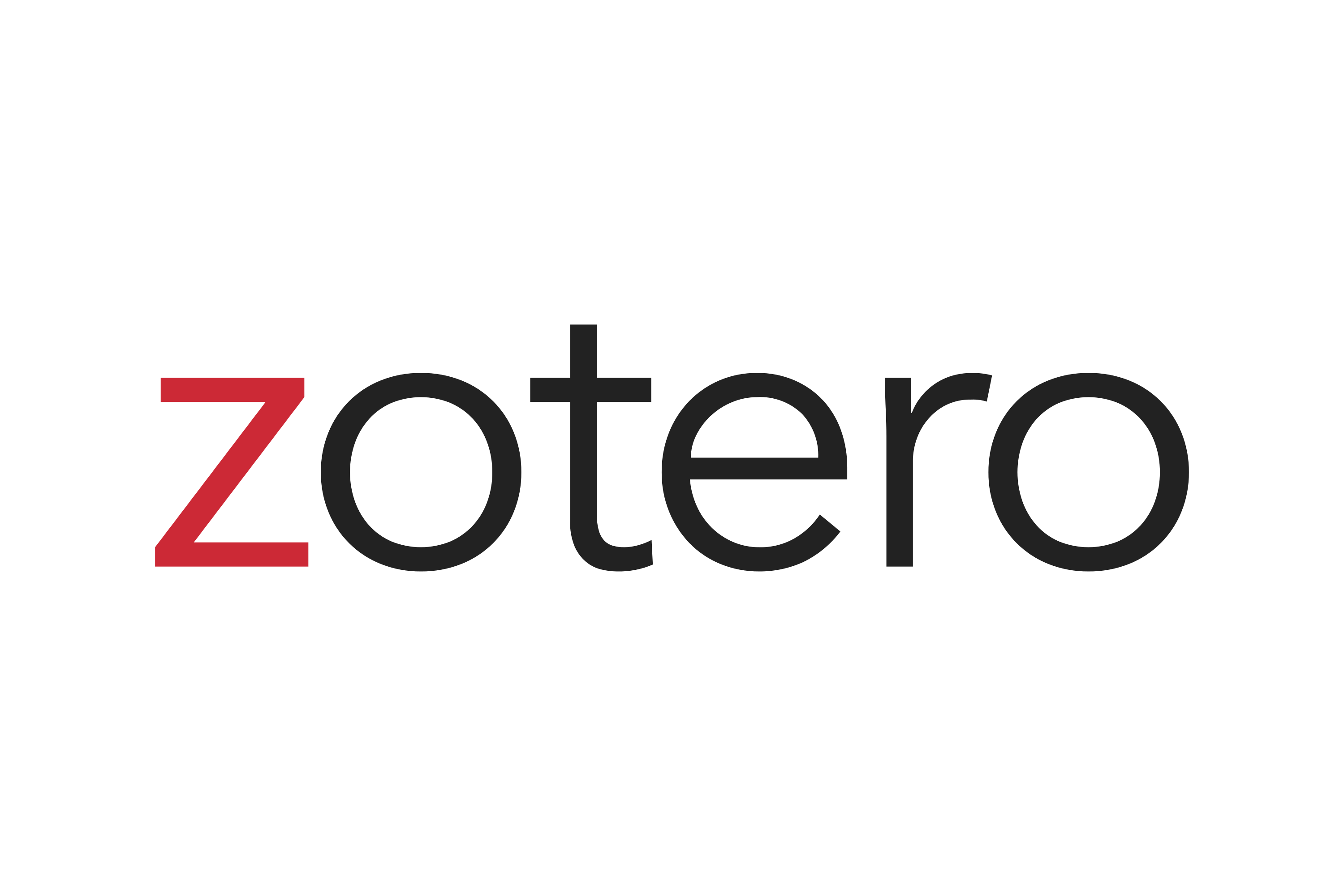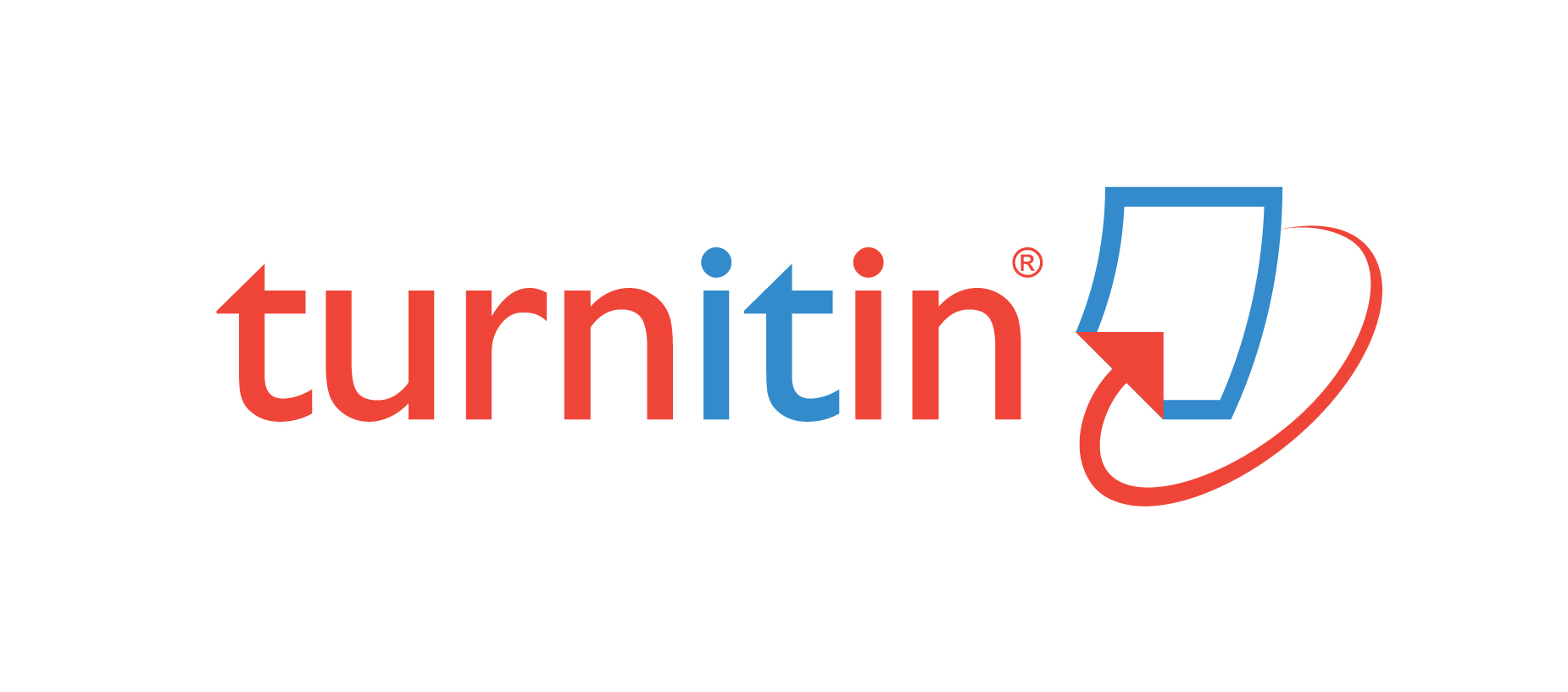HADIS TENTANG KESEHATAN DAN PENGOBATAN MENGGUNAKAN KATAK
DOI:
https://doi.org/10.32678/alfath.v17i1.8901Keywords:
Hadith Quality, Health, FrogAbstract
The frog being one of a kindamphibian which has many benefits and properties based on the nutritional content it has. The nutritional content contained in frogs has a role and can provide a balance to human nutrition, in 100 grams of frog meat there is a protein content that can be produced as much as 16.4 grams, this value is certainly quite large for amphibians, more than that the nutritional content Frogs also have other things, such as fiber, minerals, and vitamins, which the body needs sufficiently. Behind the benefits and efficacy of the nutrition contained in the frog there is a conflict with the provisions of Islamic law, namely in the form of a prohibition that the Prophet conveyed to kill frogs as contained in the history of Abū Dāud, which means that the hadith gives an indication in the form of a prohibition against consuming them too. However, in several areas in Indonesia, which are predominantly Muslim, they still have the habit of consuming frogs.
Downloads
References
Al-Absi, Abū Bakar Abdūllāh bin Muhammad bin Ibn Abi Syaibah Al-Kufi, Al-Mushanaf Fi Al-Hadits Wa Al-Atsar, ed. by Kamal Yusuf Al-Hout, Lebanon: Dar Al-Taj, 1989.
Al-Dārimiy, Abū Muḥammad ‘Abdillāh ibn ‘Abd al-Raḥmān ibn al-Faḍl ibn Bahrām ibn ‘Abd al-Ṣamad, Al-Musnad Al-Jāmi‘ Al-Ma‘rūf Bi Sunan Al-Dārimiy, ed. by Ḥusain Salīm Asad Al-Dārāniy, Riyadh: Dār al-Mugnī, 2000.
Al-Iṡtyūbī, Muhammad bin ‘Alī bin Ādam bin Mūsā, Dzakhīratul ‘Uqbā Fī Syarh Al-Mujtabā, Cetakan Pertama, Riyāḍh: Dār al-Mi‘rāj ad-Dauliyyah, 2003.
Al-Naisābūriy, Abū ‘Abdillāh al-Ḥākim Muḥammad ibn ‘Abdillāh ibn Muḥammad ibn Ḥamdawiyyah ibn Nu‘aim al-Ḥakam al-Ḍabiy al-Ṭahmāniy al-Ṣamad, Al-Mustadrak ‘alā Al-Ṣaḥīḥain, ed. by Muṣṭafā ‘Abd al-Qādir ‘Aṭā, Beirut: Dār al-Kutub al-‘Ilmiyyah, 1990.
Al-Nassā’iy, Abū ‘Abd al-Raḥmān ibn Syu‘aib ibn ‘Aliy al-Khurrāsāniy, Al-Mujtabā Min Al-Sunan (Al-Sunan Al-Ṣugrā Li Al-Nassā’iy), ed. by Abd al-Fattāḥ Abū Gudah, Ḥalab: Maktab al-Maṭbū‘āt al-Islāmiyyah, 1986.
Al-Nawawī, Abī Zakariyyā Muhyiddīn bin Syaraf, Kitab Al-Majmū‘ Syarah Muhadżab Jeddah, Maktabatul Irsyād, tt.
Al-Qazwīniy, Ibn Mājah Abū ‘Abdillāh Muḥammad ibn Yazīd, Sunan Ibn Mājah, ed. by Muḥammad Fu’ād ‘Abd Al-Bāqī, al-Bābī al-Ḥalabiy: Dār Iḥyā’ al-Kutub al-‘Arabiyyah.
Al-Sijistāniy, Abū Dāwud Sulaimān ibn al-Asy‘aṡ Abū Dāwud Sulaimān ibn al-Asy‘aṡ ibn Isḥāq ibn Basyīr ibn Syidād ibn ‘Amru al-Azdiy, Sunan Abī Dāwud, ed. by Editor Muḥammad Muḥyī al-Dīn ‘Abd al-Ḥamīd, Editor Muḥammad Muḥyī al-Dīn ‘Abd Al-Ḥamīd, Beirut: al-Maktabah al-‘Aṣriyyah.
Al-Syaibāniy, Abū ‘Abdillāh Aḥmad ibn Muḥammad ibn Ḥanbal ibn Hilāl ibn, Musnad Al-Imām Aḥmad Ibn Ḥanbal, ed. by Syu‘aib al-Arna’ūṭ et. Al, Beirut: Mu’assasah al-Risālah, 2001.
Al-Syaukānī, Muhammad bin ‘Alī, Naylul Auṭhār, Cetakan Pertama, Riyaḍh: Dār Ibn Jauzī, 1427.
An-Namarī, Abī ‘Umar Yūsuf bin ‘Abdullāh bin Muhammad bin ‘Abdil Bar, Al- Istidżkār, Beirūt: Dār al-Fikr, 1987.
Az-Zuhailīy, Wahbah, Al-Fiqh al-Islāmīy Wa Adillatuhu, Demaskus: Dār al-Fikr, 1985.
Hamdani, Rivi, ‘Potensi Herpetofauna Dalam Pengobatan Tradisional Di Sumatera Barat’, Jurnal Biologi Universitas Andalas (J. Bio. UA.), Vol 2, No. 2 (2013).
Haqq, Abī ‘Abdurrahmān Syariful, Aunul Ma‘bud ‘ala Syarah Sunan Abī Dāud, Beirūt: Dār Ibnu Hizm, 2005.
Kasmeri, Ria, ‘Induksi Kejutan Suhu 360 C Terhadap Perkembangan Embrio Dan Keberhasilan Poliploidisasi Katak (Rana Cancrivora)’, Jurnal Pelangi, Vol. 6, No. 2 (2014).
Kusrini, Mirza D, ‘Konservasi Amfibi Di Indonesia: Masalah Global Dan Tantangan’, Media Konservasi, Vol. XII, No. 2 (2007).
MUI, Standardisasi Fatwa Halal, 2003, https://mui.or.id/wp-content/uploads/files/fatwa/Standarisasi-Fatwa-Halal.pdf. (diakses pada 21 Juni 2023).
Paisal, ‘Pemanfaatan Hewan Sebagai Alternatif Pengobatan Tradisional Suku Anak Dalam’ (Skripsi, Fakultas Tarbiyah dan Keguruan, Tadris Biologi UIN Sulthan Thaha Saifuddin Jambi, 2018).
Rohadian, Andy Reza, ‘Keanekaragaman Jenis Ordo Anura Pada Beberapa Habitat Di Kawasan Hutan Pendidikan Palak Siring Kemumu Kabupaten Bengkulu Utara’, Journal of Global Forest and Environmental Science, Vol. 2, No. 1 (2022).
Saputra, Deki, ‘Karakteristik Populasi Katak Sawah (Fejervarya Cancrivora) Di Persawahan Sungai Raya Kalimantan Barat’, Protobiont, Vol. 3, No. 2 (2014).
Suzanna, Erna, ‘Identifikasi Nematoda Gastrointestinal Pada Katak Fejervarya Cancrivora Dan Limnonectes Macrodon Di Wilayah Kabupaten Bogor, Jawa Barat’, Media Konservasi, Vol, No. 1 (2006).
Widayanti, Safira, ‘Perilaku Konsumsi Swike Kodok Pada Masyarakat Muslim Di Kabupaten Grobogan’, Djieb, Vol. 1, No. 1 (2021).
Widyawati, Veni, Seabrek Obat Tak Lazim Dan Jorok Namun Tokcer. Yogyakarta: Laksana, 2019.
Yang, Qian, ‘Angel of Human Health: Current Research Updates in Toad Medicine’, American Journal of Translational Research, Vol. 7, No. 1 (2015).
Yudha, DS, ‘Keanekaragaman Spesies Amfibi Dan Reptil Di Kawasan Suaka Margasatwa Sermo Daerah Istimewa Yogyakarta’, Biosfera, Vol. 38, No. 1 (2015).
Downloads
Published
How to Cite
Issue
Section
License
Copyright (c) 2023 Muhammad Bustanun Naufal Naufal

This work is licensed under a Creative Commons Attribution-ShareAlike 4.0 International License.
Copyright Notice

Al-Fath: http://jurnal.uinbanten.ac.id/ is licensed under a Creative Commons Attribution-ShareAlike 4.0 International License
An author who publishes in Al-Fath agrees to the following terms:
- Author retains the copyright and grants the journal the right of first publication of the work simultaneously licensed under the Creative Commons Attribution-ShareAlike 4.0 License that allows others to share the work with an acknowledgment of the work's authorship and initial publication in this journal
- Author is able to enter into separate, additional contractual arrangements for the non-exclusive distribution of the journal's published version of the work (e.g., post it to an institutional repository or publish it in a book) with the acknowledgment of its initial publication in this journal.
- Author is permitted and encouraged to post his/her work online (e.g., in institutional repositories or on their website) prior to and during the submission process, as it can lead to productive exchanges, as well as earlier and greater citation of the published work (See The Effect of Open Access).
Privacy Statement
The names and email addresses entered in this journal site will be used exclusively for the stated purposes of this journal and will not be made available for any other purpose or to any other party.










